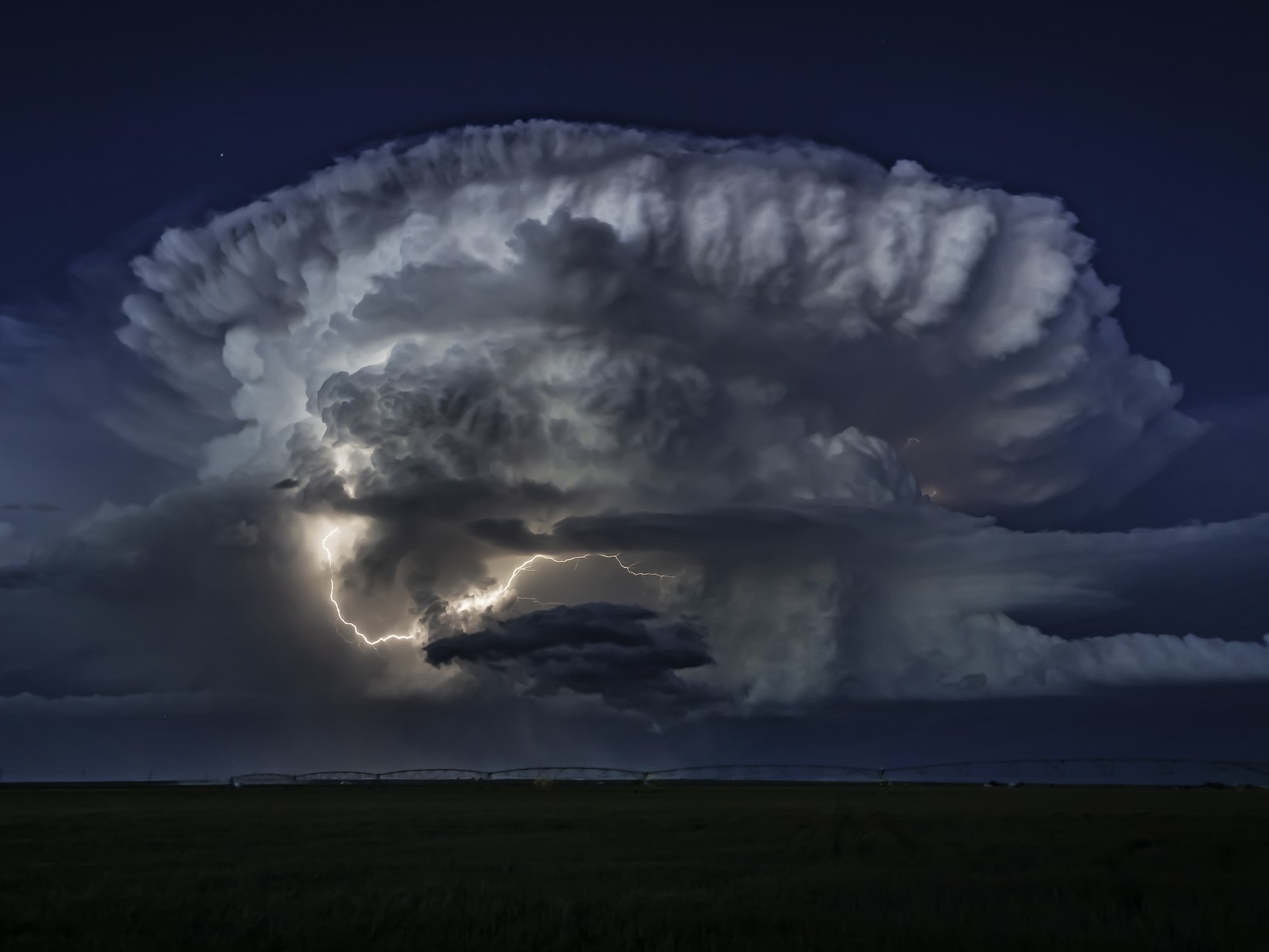General Duty Clause
SeaWorld Loses Appeal in Trainer’s Death

“The nature of SeaWorld’s workplace and the unusual nature of the hazard to its employees performing in close physical contact with killer whales do not remove SeaWorld from its obligation under the general duty clause to protect its employees from recognized hazards.”
With that statement, the U.S. Court of Appeals, D.C. Circuit denied SeaWorld’s appeal of a decision that it violated the general duty clause of the Occupational Safety and Health Act following the death of a trainer by a killer whale. The court ruled 2-1 to deny the petition for review.
The incident leading to the violation occurred on Feb. 24, 2010, when SeaWorld trainer Dawn Brancheau was performing with Tilikum, a killer whale. Brancheau was on her back on a platform just below the water surface and the whale was supposed to mimic her behavior by rolling over. However, the whale instead pulled her off the platform into the pool, causing her to suffer traumatic injuries and drown.
Following an investigation by OSHA, the secretary of Labor issued several citations to SeaWorld, including a violation of the general duty clause for “exposing animal trainers to the recognized hazards of drowning or injury when working with killer whales during performances,” according to the court. An administrative law judge later concluded that “SeaWorld’s reliance on its trainers to recognize precursors and prevent unpredictable behavior by the killer whales runs counter to the requirements of the act. ‘The duty to comply with section 5(a)(1) … rests with the employer.’” The order required SeaWorld to use physical barriers and minimum distances to separate trainers from the killer whales.
To establish a violation of the general duty clause, the secretary must establish:
- An activity or condition in the employer’s workplace presented a hazard to an employee.
- Either the employer or the industry recognized the condition or activity as a hazard.
- The hazard was likely to or actually caused death or serious physical harm.
- A feasible means to eliminate or materially reduce the hazard existed.
Among other issues, SeaWorld objected to the interpretation of what constitutes a “recognized hazard” that would subject an employer to citation under the law. It said the finding that it exposed employees to such a hazard was unsupported by substantial evidence. Also, the company said “when some risk is inherent in a business activity, that risk cannot constitute a recognized hazard.”
The court said there was substantial evidence to support the finding. It noted that Tilikum had “known aggressive tendencies” and that it killed a whale trainer in British Columbia in 1991. The fact that SeaWorld had established special protocols for Tilikum indicated “that SeaWorld recognized the possibility of harm to people standing outside of the pool on land,” the court said. “The caution with which SeaWorld treated Tilikum even when trainers were poolside or on ‘slideouts’ in the pool indicates that it recognized the hazard the killer whale posed, not that it considered its protocols rendered Tilikum safe.”
The court also rejected the idea that a risk inherent in a business activity cannot constitute a recognized hazard. “SeaWorld’s suggestion that because trainers ‘formally accepted and controlled their own exposure to … risks’ the hazard of close contact with killer whales cannot be recognized, contravenes Congress’s decision to place the duty to ensure a safe and healthy workplace on the employer, not the employee.”










